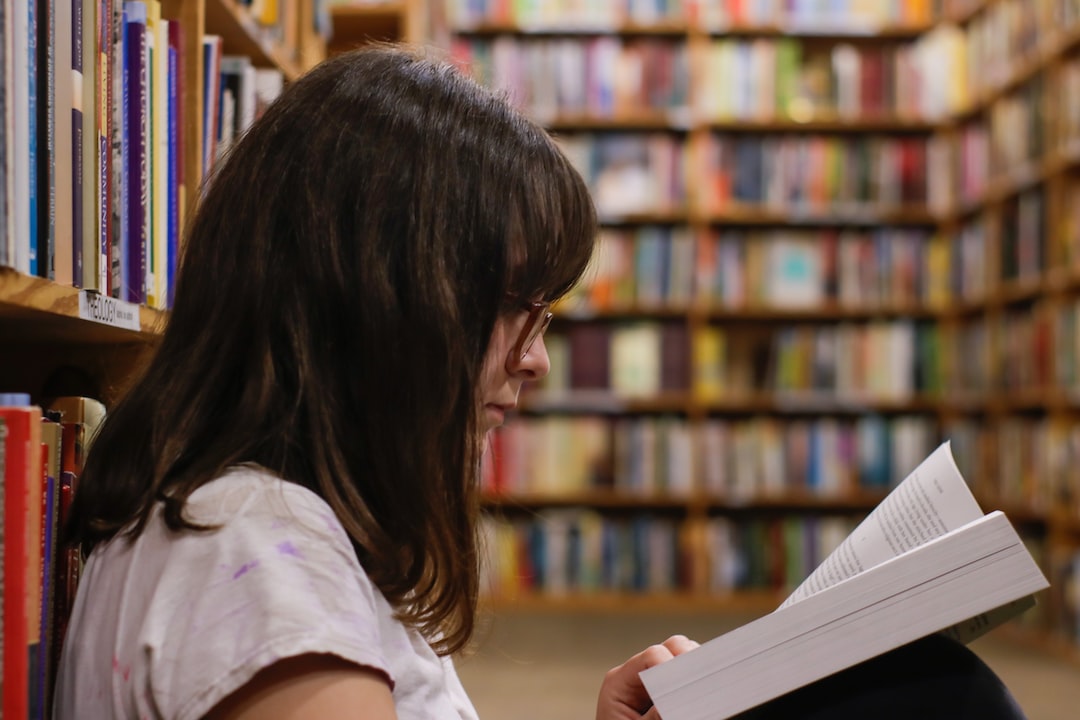Creativity is the backbone of today’s progress. Students need to learn and understand the required skills the world needs. This is where creativity comes in. Gone are the days of routine learning and hoping for the best. We need a generation that is not just intelligent, but also creative, innovative, and visionary. So, how can we foster creativity in the classroom? Here are some tips.
Create a conducive environment
One of the key ways to foster creativity in the classroom is to create a conducive environment that encourages and inspires creativity. The classroom should be designed in a way that promotes creativity and imagination. This could include having brighter colors on the walls, using large spaces, and having an open floor plan design. An uncluttered, organized, and inspiring classroom can go a long way in encouraging students to be creative.
Encourage brainstorming
Brainstorming is an excellent way to encourage creativity in the classroom. Students should be encouraged to share their ideas and collaborate with each other to come up with new and unique ideas. With brainstorming, there are no wrong answers. It allows students to think outside the box and encourages them to explore their creativity.
Promote a variety of learning styles
Students have different learning styles, and it is important to recognize this and promote a variety of learning styles in the classroom. Some students learn better by listening, while others prefer kinesthetic learning. By incorporating various learning styles into the classroom, we can help students develop their creativity in unique ways.
Offer creative outlets
Offering creative pursuits in the classroom can help foster creativity. These may include writing, drawing, painting, acting, music, and poetry. Providing opportunities for students to express their creativity can help them develop their talents and creativity. Once a student finds a creative outlet, it is easier to connect with their inner voice and enhance their creativity.
Assign interesting projects
Assigning interesting projects that require creativity is another way to foster creativity in the classroom. Through projects, students can learn to work independently while also collaborating with their peers. The projects can be on any subject matter, from creating a new invention to solving a problem. This approach encourages critical thinking, stimulates the imagination, and will push students to think outside the box. It’s a great way to engage students and promote creativity.
Celebrate creativity
Celebrating creativity is crucial to fostering a creative culture. Whether it’s a drawing, sculpture, or a musical performance, it is always important to appreciate and encourage creativity in the classroom. This will provide an opportunity for creativity to flourish, and students will be more willing to take risks with new ideas.
Teach practical skills
Thinking creatively doesn’t have to mean producing a masterpiece. It can also be in the form of producing useful products utilizing practical skills. For example, students can use their creativity when designing a solution to a common problem. It can be as simple as creating a tool that helps students stay organized. These tasks will challenge students to think creatively while also teaching practical skills like problem-solving, critical thinking, and analytical skills.
Create a comfortable atmosphere
Comfortable and relaxed students are less likely to be inhibited and more likely to be creative. Creating a comfortable and relaxed atmosphere can help students get into a creative mindset. Some things that can contribute to a relaxed environment are comfortable seating, ambient lighting, and minimal noise. This will create a fun learning atmosphere that fosters creativity.
Encourage questions
Creativity is driven by curiosity. Encouraging students to ask questions about everything they come across, no matter how silly, can inspire creative thinking. It encourages students to explore new and unfamiliar ideas. This habit can take students on a journey of self-discovery, leading to more creative thinking.
In conclusion, creativity is essential in today’s world. Not only does it add to the quality of life, but it also sustains our economy and keeps us innovative. Fostering creativity in the classroom is crucial, and providing opportunities for students to develop their creativity is essential. By creating a conducive environment, encouraging questions, promoting various learning styles, offering creative outlets, assigning interesting projects, celebrating creativity, teaching practical skills, and creating a comfortable atmosphere, we can help students develop their creativity and become the innovators of tomorrow.

